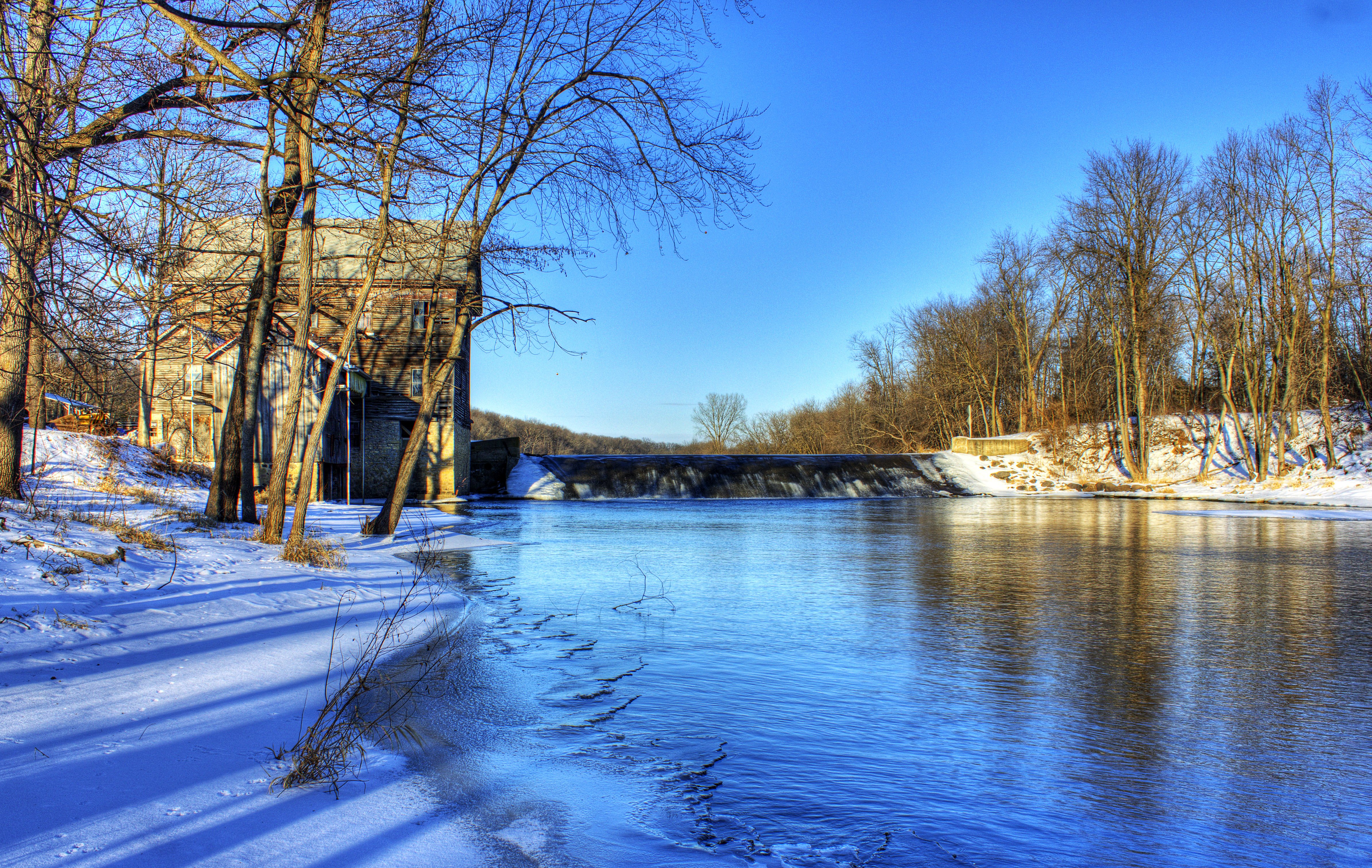


In The Abbey in the Oakwood 1808-1810 (Figure 4) Friedrich used dramatic light and shadow around a central theme of church ruins, hinting at the Sublime and Beautiful of Burke. The German Romanticist movement typified by artist Caspar-David Friedrich (1774-1840) also influenced the development of the Picturesque in England, as Romanticist artists and writers rejected Enlightened thinking from Rome and France in an attempt to re-engage with their cultural heritage (Boreham 2014). Indicating that the Picturesque evolved from a romanticized view of nature influenced by artists such as Nicolas Poussin (1594-1665) (Figure 2) and Claude Lorrain (c1600-1682) (Figure 3) (Brook 2008, 110). The Picturesque is derived from pittoresco from pittore ‘painter’, from the Latin pittor. Brown and Repton’s adoption of the Picturesque captured the zeitgeist of 18 th century England, and the broad range of influences that changed English gardens has continued their impact into the 21 st century.įigure 1. As a result, a combination of these exemplars became instrumental in the development of the Picturesque. The widespread debate and argument, along with the influence of the Romanticist Movement, and a host of other social and political issues initiated a trend in landscape gardens. Paintings such as View of Ipswich from Christchurch Park c.1746-9 (Figure 1) by Thomas Gainsborough (1727-1788) and later works like Wivenhoe Park, Essex, 1816 by English Romanticist artist John Constable (1776-1837) are evidence of how the Picturesque was depicted in landscape painting. The Romanticist movement also attributed to the changes in taste towards the Picturesque landscape garden designs of Brown and Repton.

Additionally, the Industrial Revolution provided an increase in wealth in the middle classes who commissioned gardens with Picturesque designs to reflect their social status. Two men central to this development were Lancelot ‘Capability’ Brown (1716-1783) and Humphrey Repton (1752-1818) whose interpretations of the Picturesque reflect the social and political changes that were occurring, and the influx of knowledge due to the Enlightenment. During the late 18 th century the Picturesque became a determining factor in the development of the quintessential English landscape garden.


 0 kommentar(er)
0 kommentar(er)
